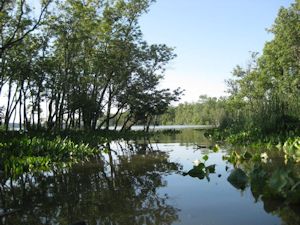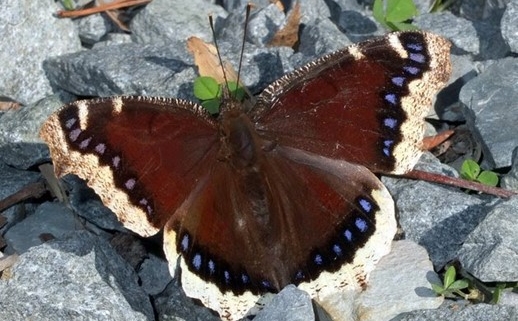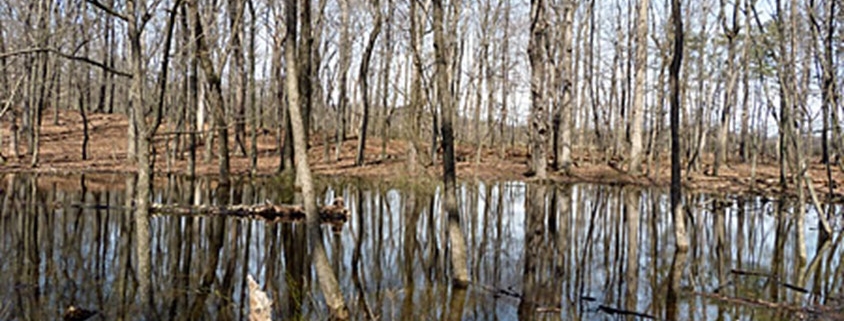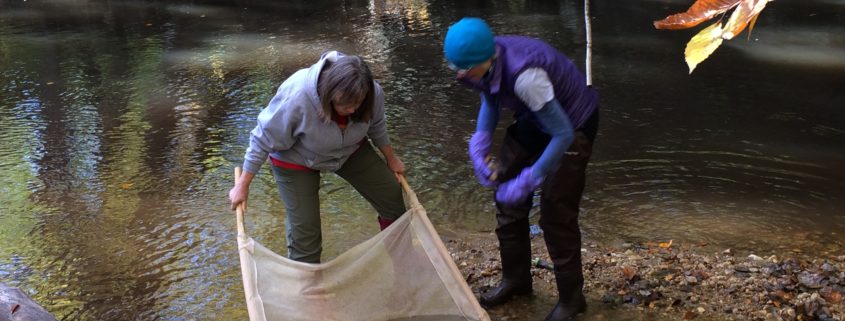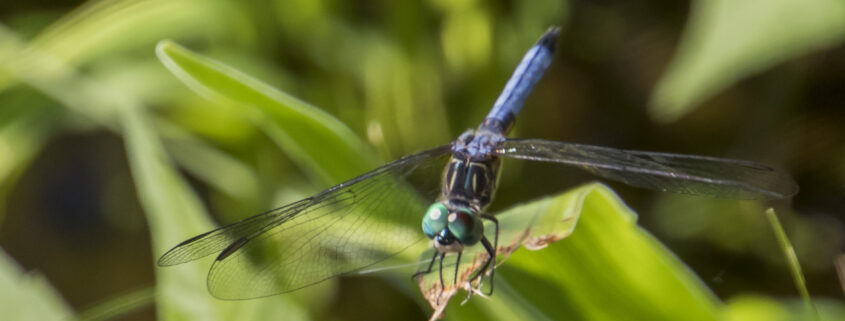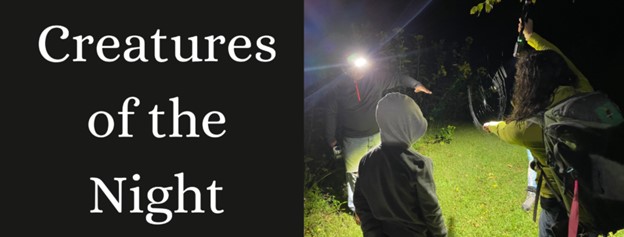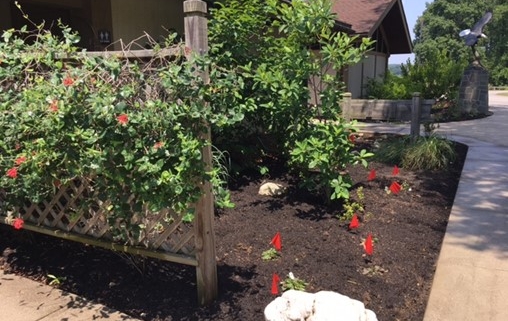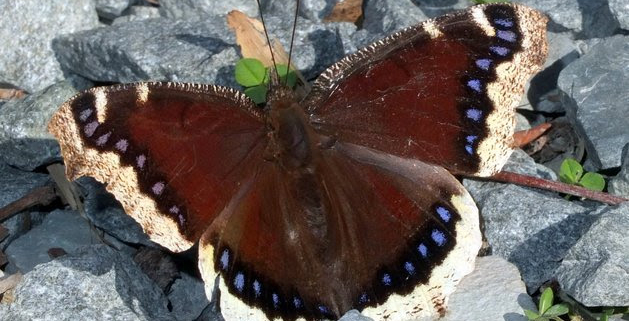Photo by FMN J. Quinn, Stream monitoring at Pohick Creek.
Difficult Run Stream Monitoring Field Training
When: Thursday, July 20, 9:00-11:30am
Where: Difficult Run Stream Valley Park, Great Falls
This field training is targeted to those pursuing the VASOS stream monitor certification and will focus heavily on protocols. This long-standing stream site has changed greatly in width, depth, and streambed composition since NVSWCD first began monitoring the site. You never quite know what you’ll find! Learn more and register for this workshop and others here.
Cub Run Stream Monitoring Field Training
When: Saturday, July 29, 9:00-11:30am
Where: Cub Run Stream Valley Park, Centreville
This field training is targeted to those pursuing the VASOS stream monitor certification and will focus heavily on protocols. Trainees often find a variety of interesting macroinvertebrates here, including large hellgrammites. Learn more and register for this workshop and others here.
Little Difficult Run Stream Monitoring Field Training
When: Thursday, August 10, 9:00-11:30am
Where: Fred Crabtree Park, Herndon
This field training is targeted to those pursuing the VASOS stream monitor certification and will focus heavily on protocols. This beautiful stream site is located a short hike into the woods and currently available for adoption by a certified stream monitor. Learn more and register for this workshop and others here.
Pohick Stream Monitoring Field Training
When: Saturday, August 19, 9:00-11:30am
Where: Pohick Creek Stream Valley Park, Springfield
This field training is targeted to those pursuing the VASOS stream monitor certification and will focus heavily on protocols. This site along Pohick Creek runs adjacent to the Cross County Trail and features a family- and pet-friendly walking trail in addition to cool stream critters. Learn more and register for this workshop and others here.
More Training and Stream Monitoring Opportunities
The NoVa Soil & Water Conservation teams are very excited to contribute their stream data to state and national datasets. If you’d like to see data from all the NVSWCD regional stream monitoring team’s active sites, you can find our organization on the Clean Water Hub.




